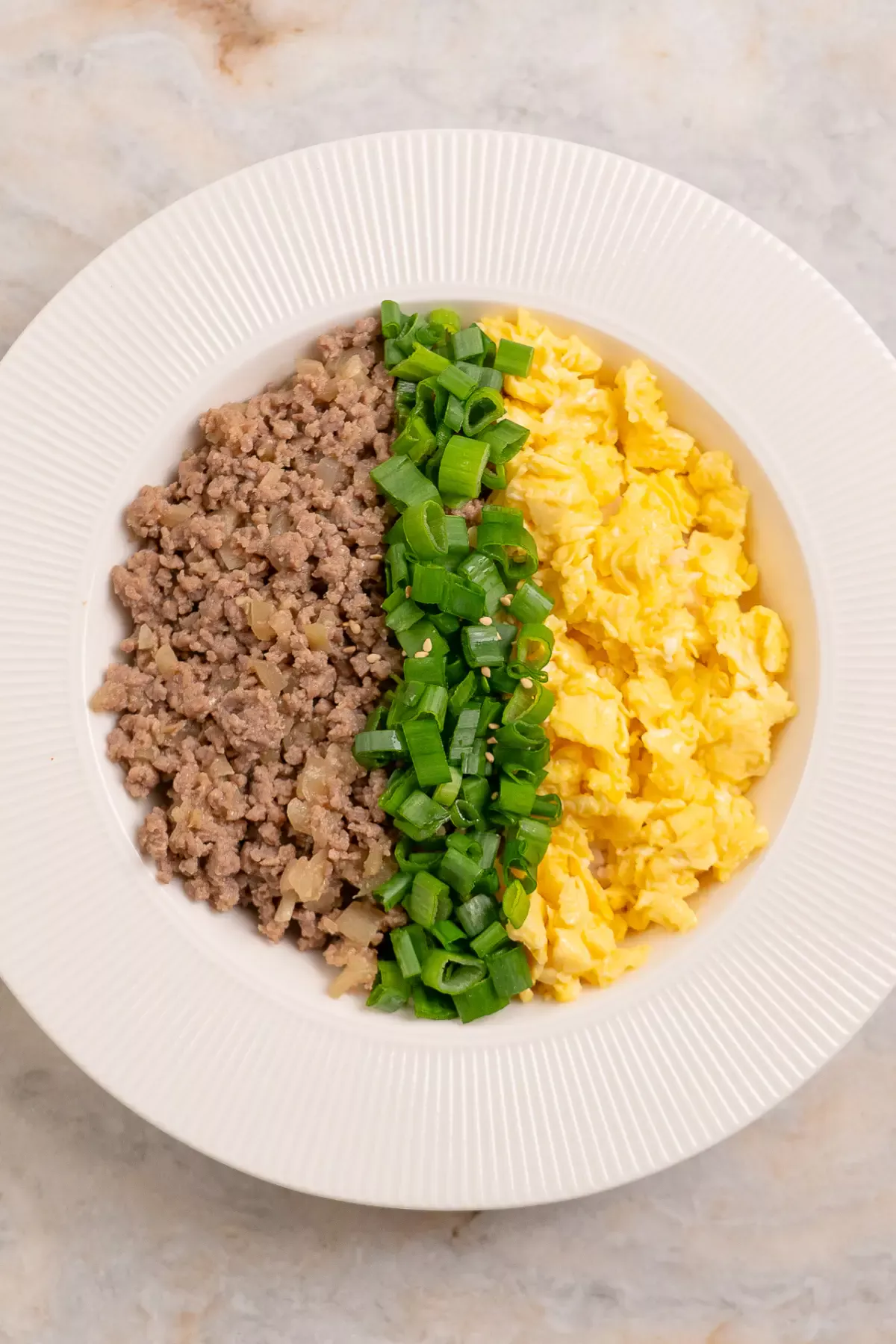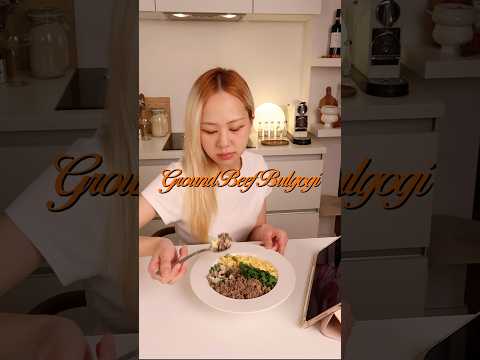Today, I will make a ground beef bulgogi rice bowl that can be prepared in 15 minutes. With this recipe, I hope people around the world, who have difficulty finding bulgogi cuts, can enjoy delicious Korean bulgogi.
Table of Contents
What is Ground Beef Bulgogi Made Of?
- Ground Beef: Instead of using traditional bulgogi cuts, we use ground beef. It’s still hard to find the specific bulgogi cuts in Europe. You would either have to cut it yourself or ask the butcher, but by using ground beef, it’s much easier and faster to enjoy bulgogi abroad without compromising the flavor.
- Simple Bulgogi Marinade: The marinade is a very simple mixture of soy sauce and sugar. There’s no need to add fruit or complicated ingredients-just garlic and you’ll have a delicious, umami-rich bulgogi marinade.
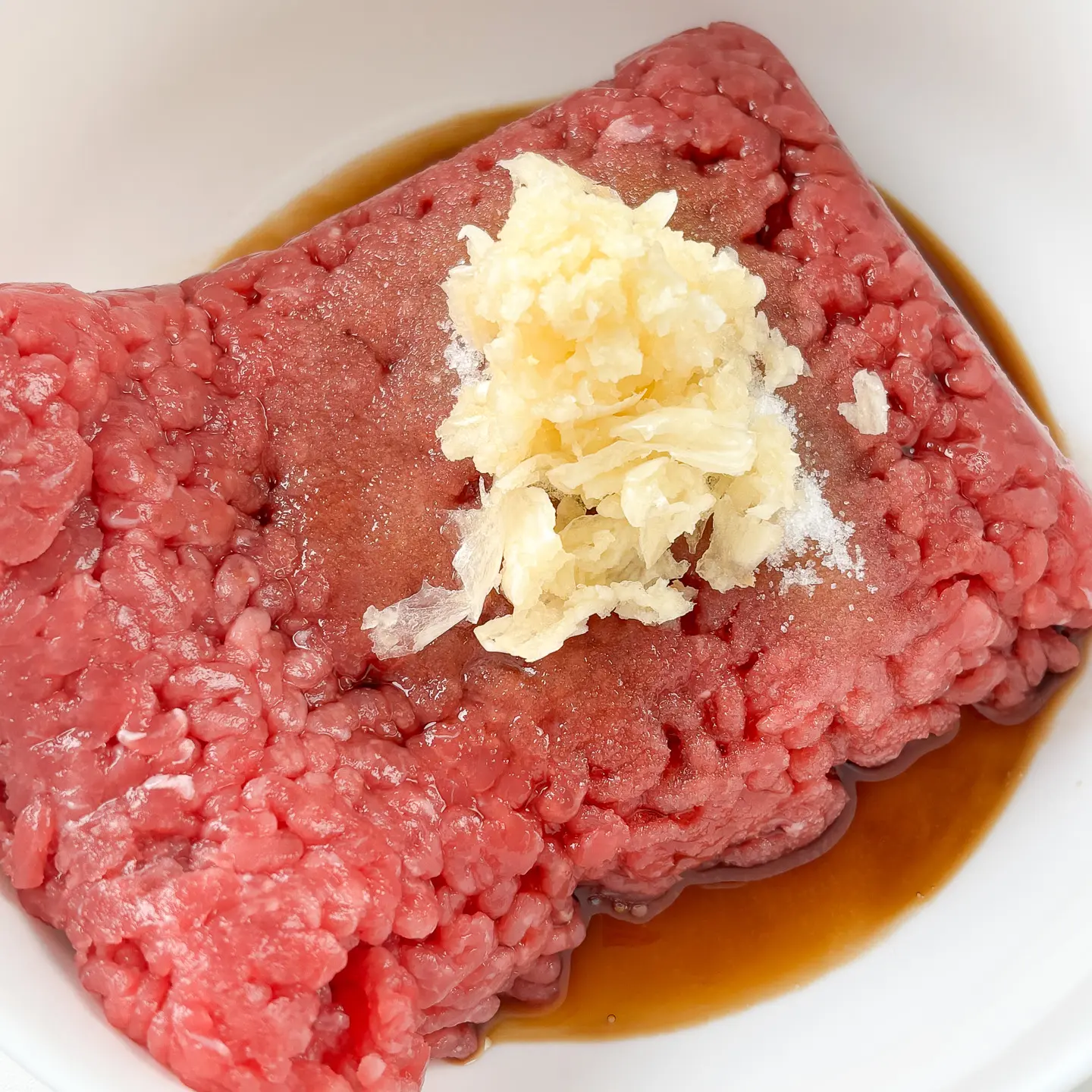
- Chopped Onion: To enhance the texture and add a natural sweetness, we add chopped onions. If you don’t have onions, it’s okay to skip them, but I highly recommend adding them. It makes a big difference in the depth of flavor.
That’s it. Isn’t it incredibly easy? The fact that you can make bulgogi in just 10 minutes is so exciting, don’t you think?
Can You Use Minced Meat For Bulgogi?
Of course! In Korea, ground beef is often used to make bulgogi these days. Not only ground beef but also ground pork is commonly used. It doesn’t require long marinating, it’s simpler to make, and ground meat is much cheaper than traditional bulgogi cuts, making it a popular choice for young families.
In fact, in Korea, this is not considered bulgogi but is called “meat soboro,” and it is used in various dishes. This soboro becomes incredibly delicious when added to traditional Korean dishes, and I will explain the ways to use it below.
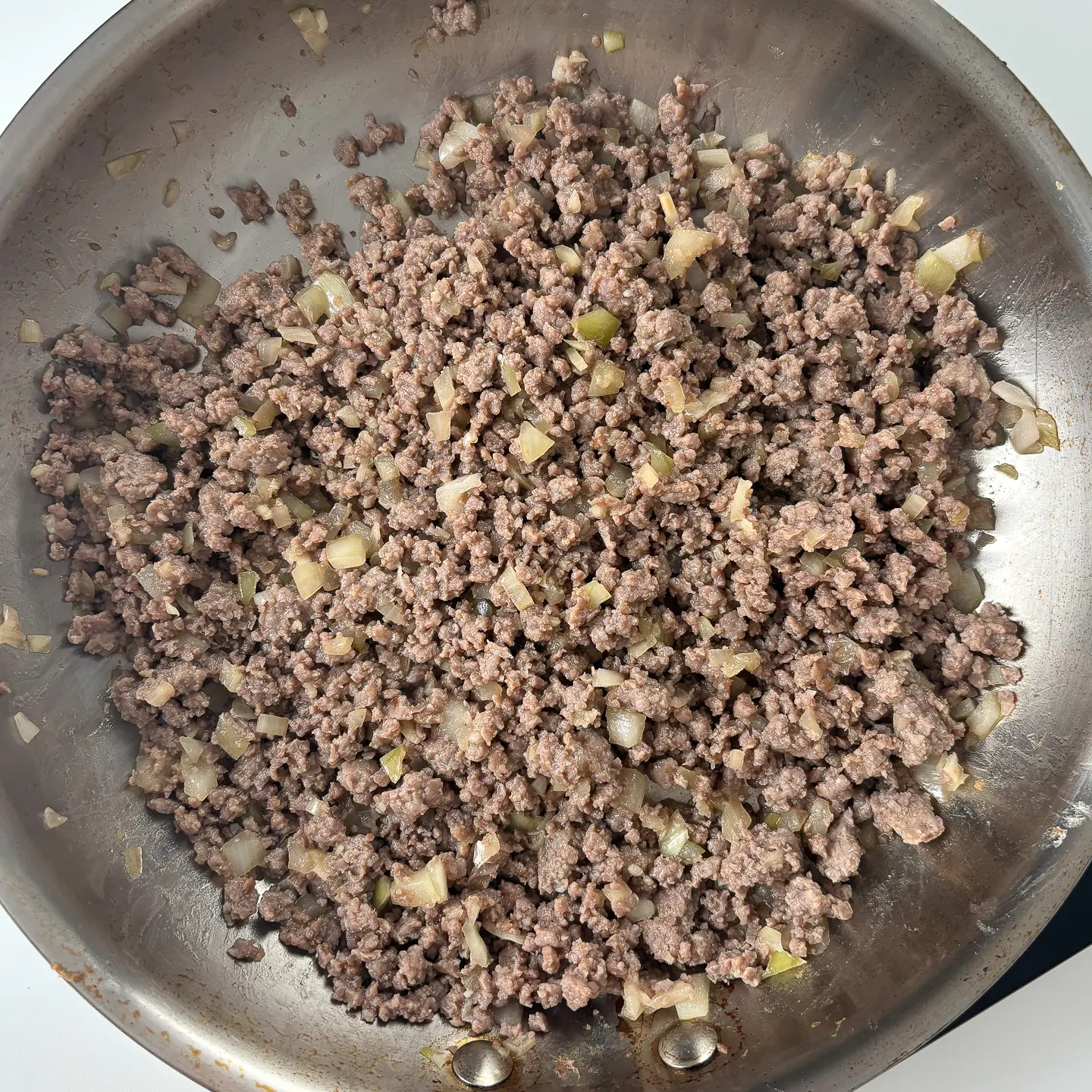
What’s The Difference From Regular Bulgogi?
The marinade is similar to bulgogi marinade, but since most cuts used for traditional bulgogi are tougher, fruit like pear is grated to tenderize the meat. Ground beef, on the other hand, doesn’t require this, making it much simpler to prepare. The marinade soaks in right away, so there’s no need to marinate it for a long time like traditional bulgogi.
If you want to enjoy the chewy texture of the meat and the rich beef flavor along with various vegetables, I recommend the original bulgogi. However, if you want something quick and easy to top on rice or eat as a side dish, ground beef bulgogi is the way to go.
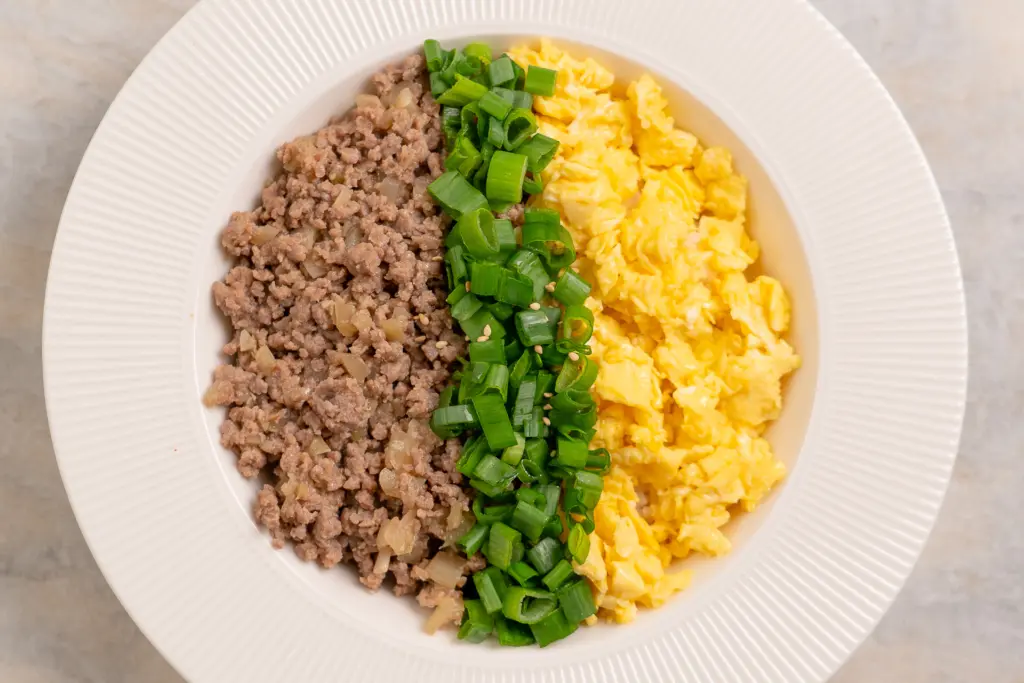
What Cut of Meat to Use for Original Bulgogi?
Cuts for Bulgogi
Traditional bulgogi uses cuts such as neck, loin, chuck, and round. These are leaner, tougher cuts of meat. While these cuts would be very tough if used for Korean barbecue, they work perfectly for bulgogi.
By slicing them thinly and marinating them in a bulgogi marinade, which tenderizes the meat, you can make them soft and flavorful.
Best Bulgogi Cut
Sirloin and rib cuts are the most tender and flavorful, but they are expensive. For a more affordable option, neck or chuck cuts are recommended.
However, today, we’re making bulgogi with ground beef, so there’s no need for the tedious tenderizing process. It will be tender and delicious, and also much cheaper.
What is bulgogi sauce made of?
Bulgogi sauce is based on soy sauce, sugar, and corn syrup, providing a balance of sweetness and saltiness. Traditionally, fruits such as pear or apple are grated into the sauce to tenderize the meat and add natural sweetness. Today, however, we’re making a super-simple ground beef bulgogi that doesn’t require tenderizing, so there’s no need for fruit in the sauce.
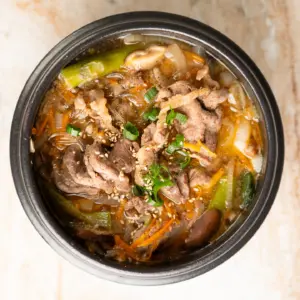
This is Ttukbaegi Bulgogi recipe that doesn’t require marinating—perfect for busy people! Instead of making traditional bulgogi at home, Koreans often buy pre-marinated bulgogi meal kits or make this quick and easy clay pot bulgogi in just 15 minutes. It’s a common dish in lunch restaurants for office workers, snack bars, restaurants for taxi drivers who need a quick meal, and rest stops.
What is a Good Substitute for Beef in Bulgogi?
In Korea, bulgogi is divided into beef bulgogi and pork bulgogi. Since beef is very expensive in Korea, pork bulgogi is often enjoyed as an alternative. Pork bulgogi has the advantage of being fattier and more tender.
In Europe, many Korean BBQ restaurants sell chicken bulgogi, a dish not commonly found in Korea. While you might find it if you look, it is not part of traditional Korean BBQ.
Advantages Over Regular Bulgogi
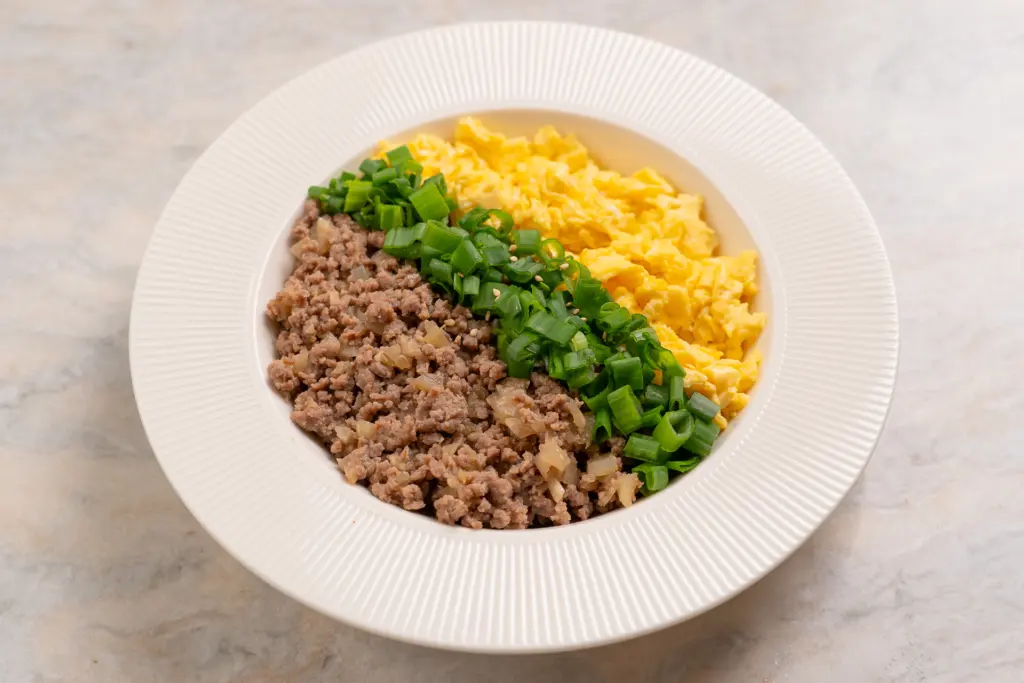
- Quick and Easy to Cook: Ground beef is easy to prepare and cooks quickly in just 10 minutes, making it perfect for busy days. The flavor absorbs evenly, enhancing the taste.
- Tender Texture: Ground beef tends to be more tender than cuts of meat, providing a pleasant, easy-to-chew texture that many people enjoy.
- Versatile: Ground beef bulgogi can be used in various dishes like rice, gimbap, bibimbap, and more. It pairs well with different seasonings, allowing for a wide range of flavors. I will explain the various ways to use it in detail below. I hope you can enjoy this dish in many different ways!
- Cost-Effective: Ground beef is typically more affordable, and you can prepare a large quantity at once, making it an economical choice.
- Simple Seasoning: Unlike traditional bulgogi, there’s no need to grate pear or onion for tenderizing. You can make a simple and delicious bulgogi marinade using just soy sauce and sugar.
- No marinating: Since it’s ground beef, the marinade soaks in deeply without the need for marinating. This makes the cooking time much faster.
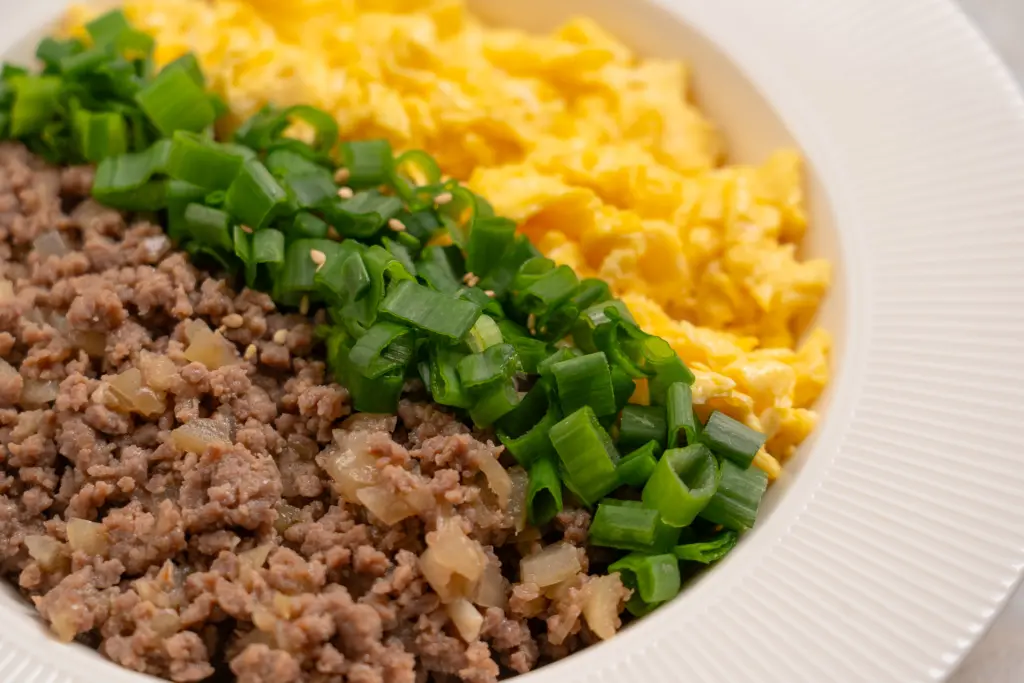
How to Use Ground Beef Bulgogi
Today, we’re making a bulgogi rice (bulgogi bowl), but there are many other dishes in Korea that use ground beef bulgogi. Here are some delicious ways to use it.
Bulgogi Rice Bowl
Simply top your rice with ground beef bulgogi and mix it together for a Korean-style bulgogi rice bowl. The ground meat mixes perfectly with the rice, making each bite incredibly flavorful.
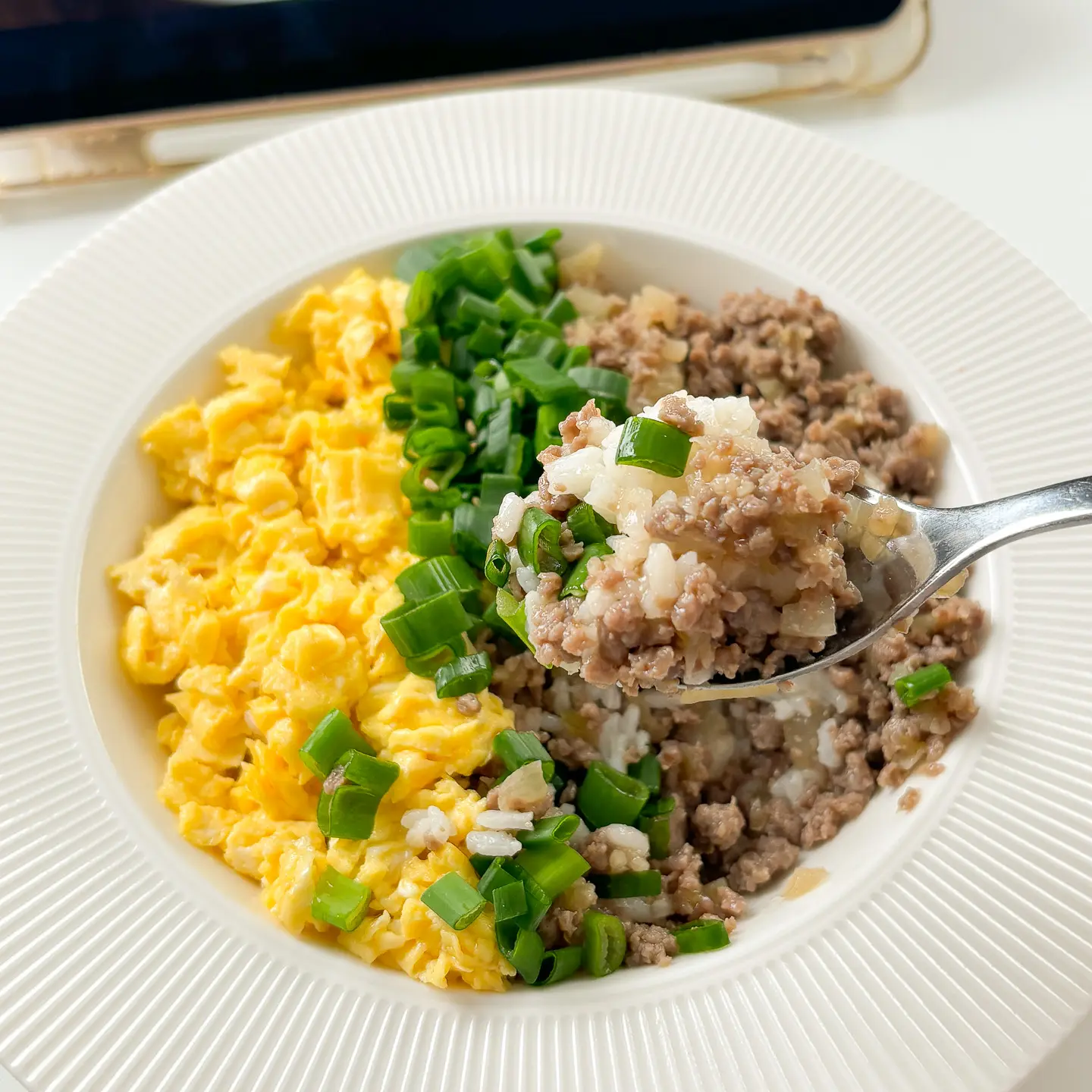
Bulgogi Rice Balls (Jumeokbap)
In Korea, we make rice balls shaped like snowballs called jumeokbap. You can make bulgogi rice balls by filling rice balls with ground beef bulgogi and rolling them in seaweed flakes. Alternatively, you can mix bulgogi with rice and seaweed to make simple and tasty rice balls. This has a different charm from the bulgogi rice and is also a favorite dish among children.
Bulgogi Kimbap
Replace the usual ham with ground beef bulgogi in your kimbap. This makes for a healthier and tastier version of the traditional dish, without using processed meats.
Bulgogi Fried Rice
Stir-fry rice and ground beef bulgogi together in a pan with green onions to make a delicious bulgogi fried rice. Topping it with a fried egg is a must for extra flavor.
Unlike the bulgogi bowl, the bulgogi is mixed into the rice, and when stir-fried in oil, it enhances the umami flavor, making it even more delicious.
Bulgogi Noodles
Mix ground beef bulgogi with cold noodles like bibim guksu or add it as a topping for noodle soups like janchi guksu. Either way, it’s a delicious addition to any noodle dish.
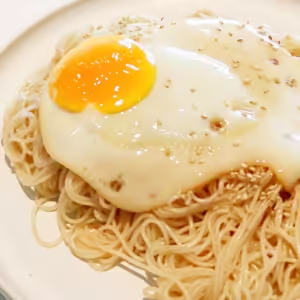
Bulgogi Burger
One of the fusion dishes using bulgogi marinade is the bulgogi burger. This can also be made very simply with ground meat and is considered one of the soul foods of Koreans.

Substitute Ingredients
- Ground Beef: If you don’t have ground beef, you can use ground pork, or even a mixture of pork and beef. While Koreans typically don’t make bulgogi with ground chicken, it would still taste great with this bulgogi marinade.
- Plum Syrup: If you don’t have plum syrup (매실청), you can substitute it with a little more sugar. However, since sugar is sweeter, you’ll need to use much less than the amount of plum syrup. Another option is to use sugar with a small amount of lemon juice, but be careful, as it could make the dish too sour. If you’re unsure about balancing the flavors, I wouldn’t recommend this method.
- Matsul: If you don’t have Korean cooking wine (Matsul), you can substitute it with Korean soju or white wine. Both will work well to add depth of flavor to the dish.
Side Dishes to Enjoy with Bulgogi
Actually, with bulgogi, eggs, and the fragrant green onions to balance out the richness, you technically don’t need any side dishes. However, here are some recommendations for dishes that pair well with bulgogi rice bowl.
- Kimchi: Kimchi is a classic side dish that goes with any Korean meal. When enjoying bulgogi rice, most Koreans pair it with kimchi to balance the rich flavors of the dish with its tangy and spicy taste.
- Pickled Radish (Danmuji): Kids often enjoy pickled radish as a side dish. Rice bowls are a common menu item at Korean snack bars, school cafeterias, and lunch spots for office workers, and many of these places serve pickled radish alongside. The sweet and sour taste of danmuji helps cut through the richness of bulgogi, complementing the dish perfectly.
Get Ingredients
- Soy Sauce: https://amzn.to/4gYk1BJ (US), https://amzn.to/4gW8zGv (DE)
- Sesame oil: https://amzn.to/3QCZIyE (US), https://amzn.to/43fg5cn (DE), https://amzn.to/4bdP8Ys (NL)
- Mirin (cooking wine): https://amzn.to/3CV5tF1 (US)
- Rice: https://amzn.to/4bdcfCH (US), https://amzn.to/41xxThP (NL), https://amzn.to/4kgVgmQ (DE)
- Plum Syrup: https://amzn.to/4hPcjLl (US), https://amzn.to/4hSBvAH (NL)
- Sesame seeds: https://amzn.to/3D85aXg (US), https://amzn.to/3EQVBwt (DE), https://amzn.to/3D7C6iD (NL)
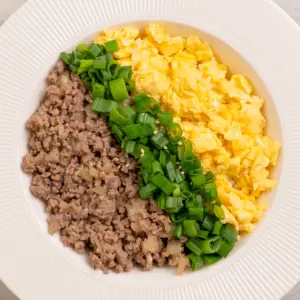
Easy 15 Minutes Ground Beef Bulgogi Rice Bowl
Equipment
- 1 Cutting board & knife
- 1 Mixing bowl
- 1 Frying pan
- 1 spatual or wooden spoon
- Spoons
Ingredients
- 350 g ground beef
- 1 tbsp minced garlic
- 1 tbsp plum extract (The substitute ingredients are in the blog post above)
- 4 tbsp soy sauce
- 2 tbsp matsul (The substitute ingredients are in the blog post above)
- 1 tbsp sugar
- 1 tsp sesame seeds
- 1/2 onion
- 1 tbsp sesame oil
- 4 eggs
- 1 handful spring onion (garnish)
- 2 bowls rice
- 1 pinch sesame seeds (option, garnish)
Instructions
- Finely chop the onion.
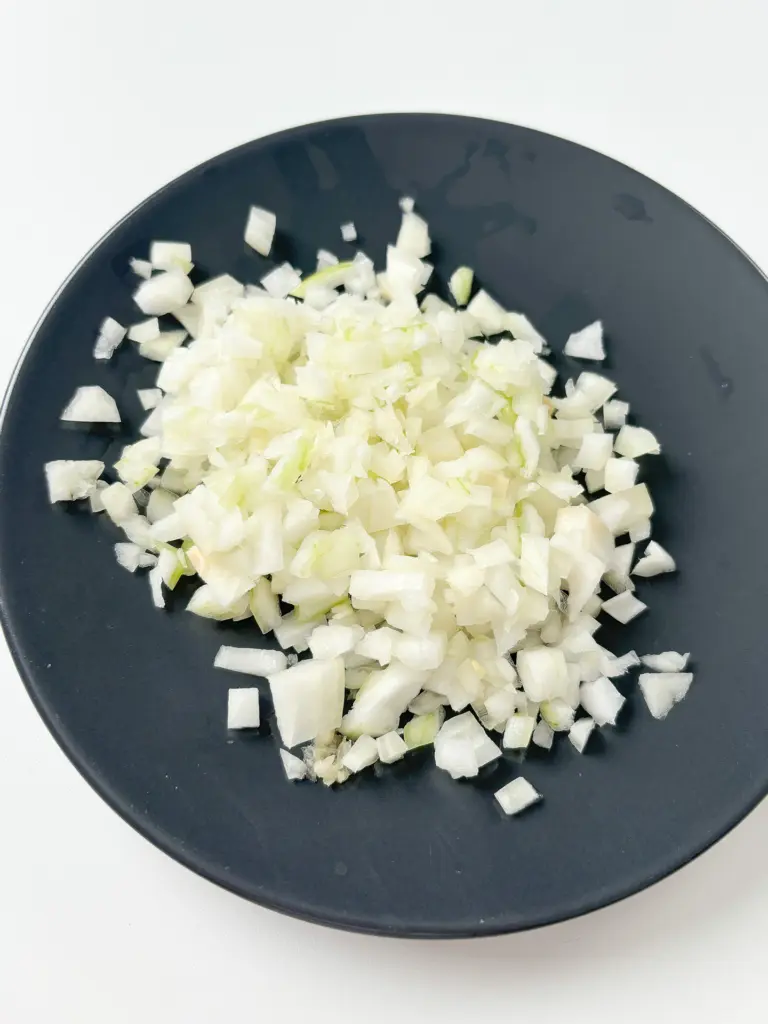
- Slice the green onions for garnish.
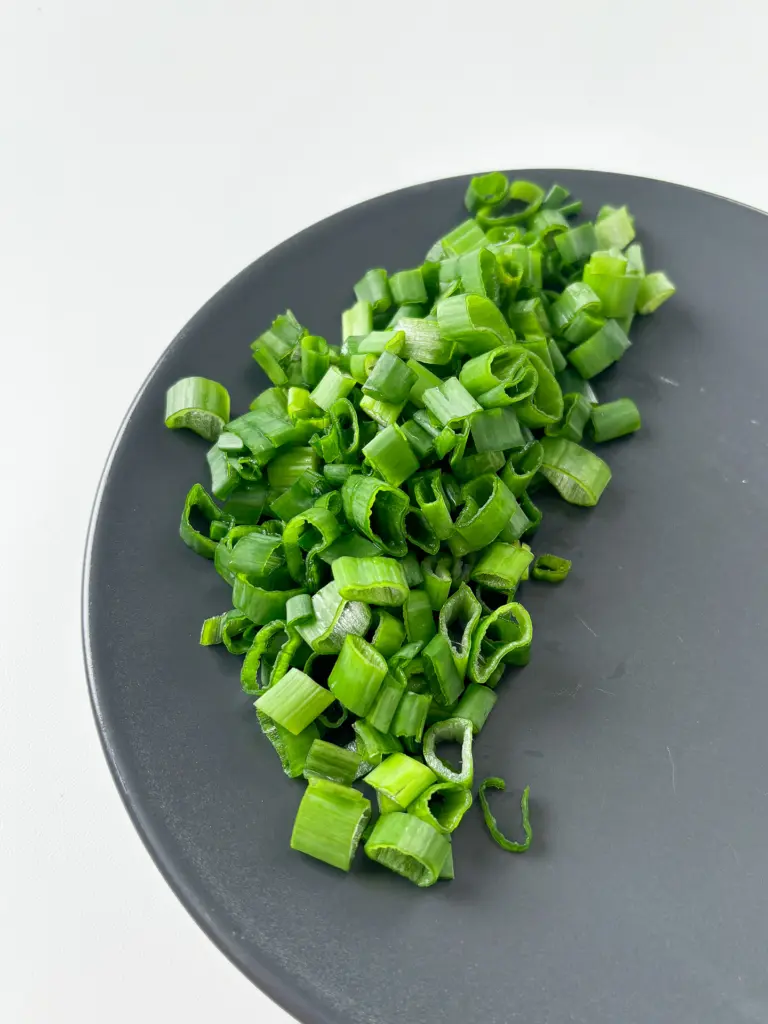
- In a bowl, mix ground beef with minced garlic, plum extract, soy sauce, mirin, sugar, and chopped onion. Combine well.

- Heat a pan with a little oil and stir-fry the beef mixture until the moisture evaporates and the beef is fully cooked.
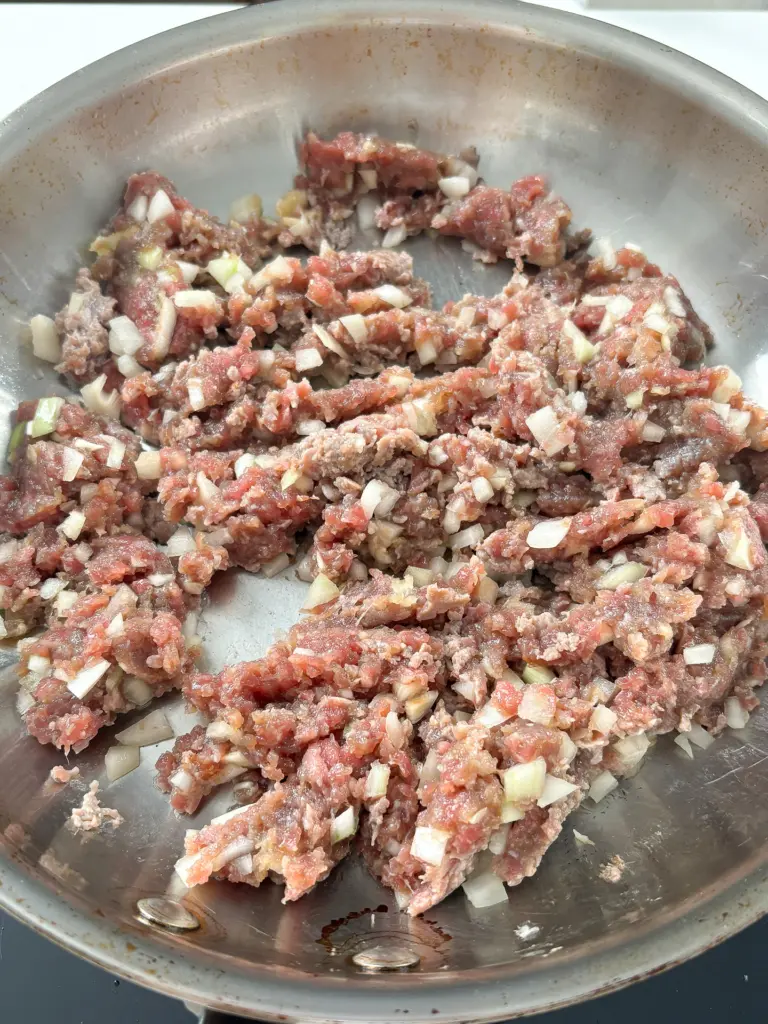
- Once cooked, add sesame oil and mix briefly. (Avoid overcooking after adding sesame oil, as it loses its aroma.)
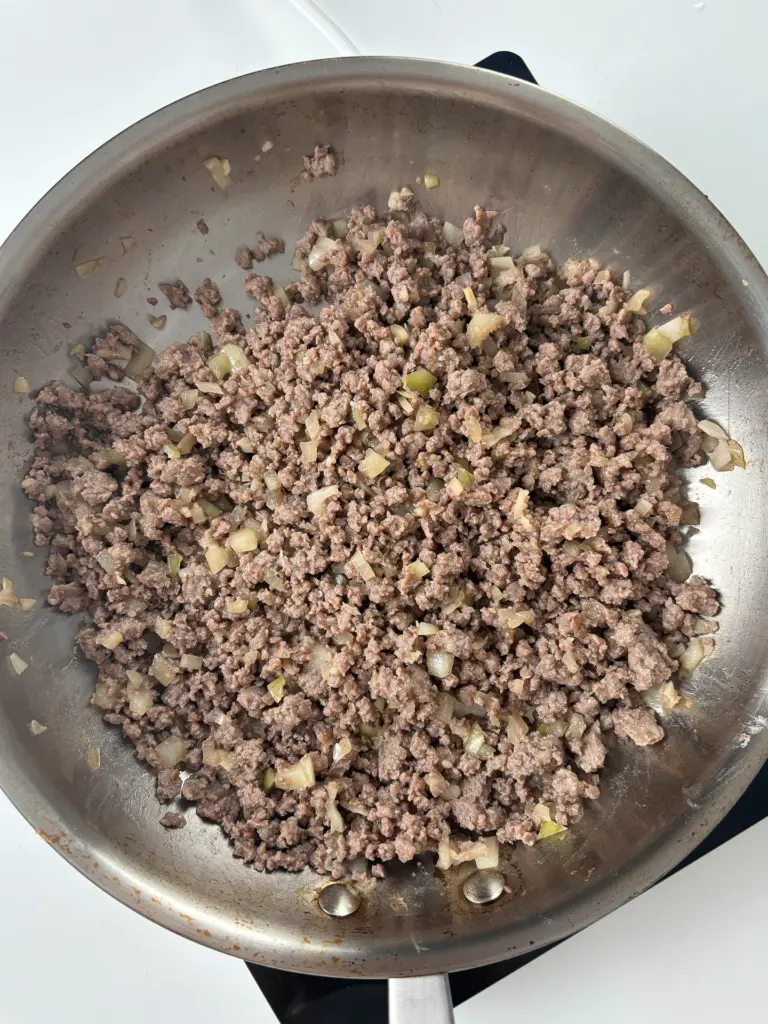
- Add a pinch of salt to the egg and whisk it well. Cook it on low heat in a pan, stirring to make scrambled eggs.

- Serve over a bowl of rice.
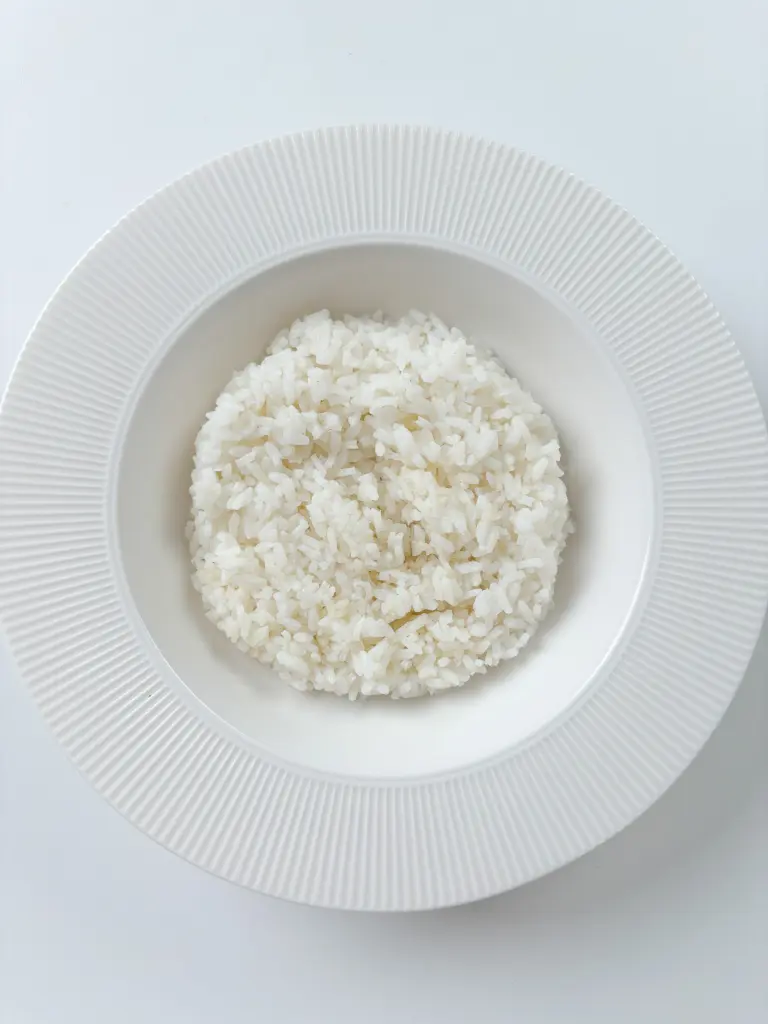
- Place the bulgogi on the left side of the rice, and the scrambled egg on the right. Top with finely chopped green onions in the center, then sprinkle sesame seeds on top to finish.
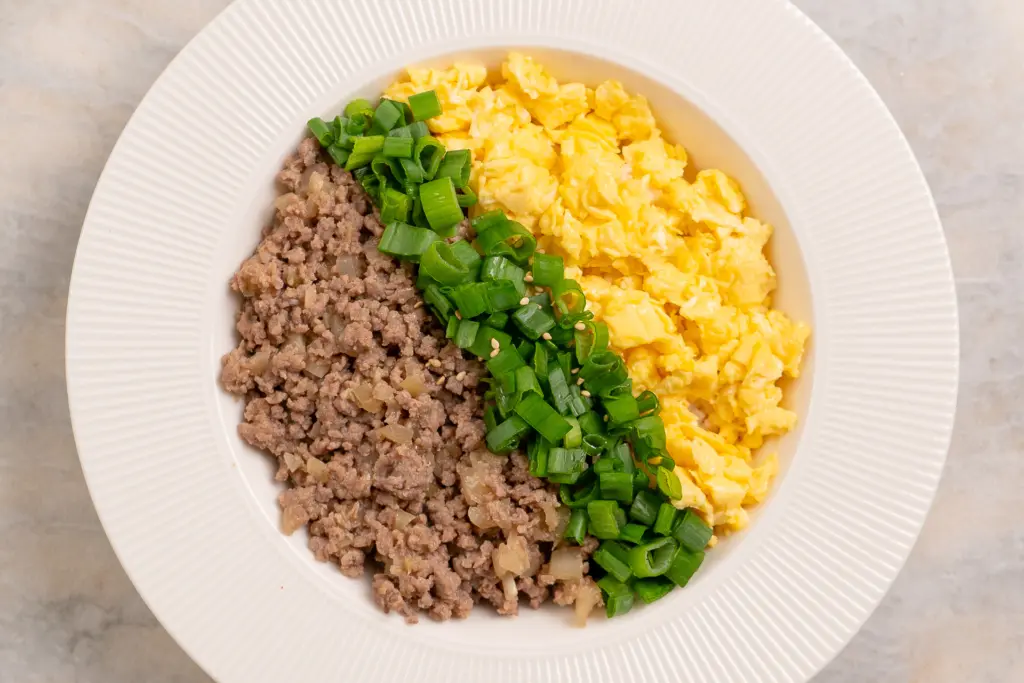
Ground Beef Bulgogi Rice 불고기 소보로 덮밥
- Jal meokgetseumnida! 잘 먹겠습니다!
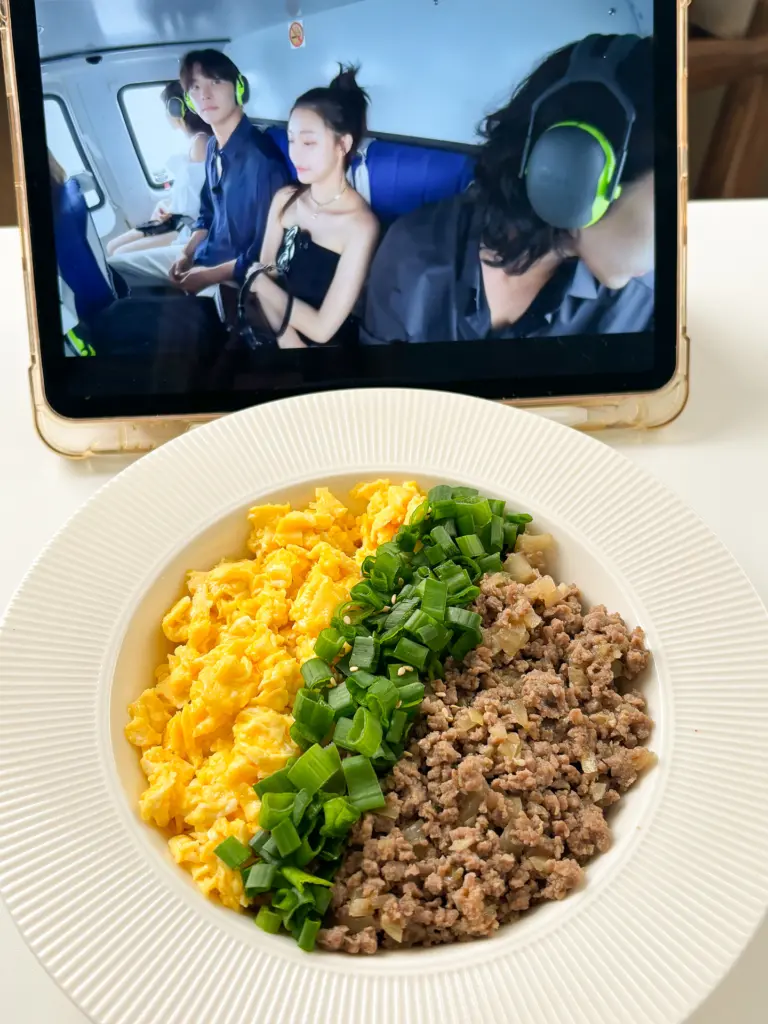
- Scoop up the rice and beef together. It’s also delicious when mixed!
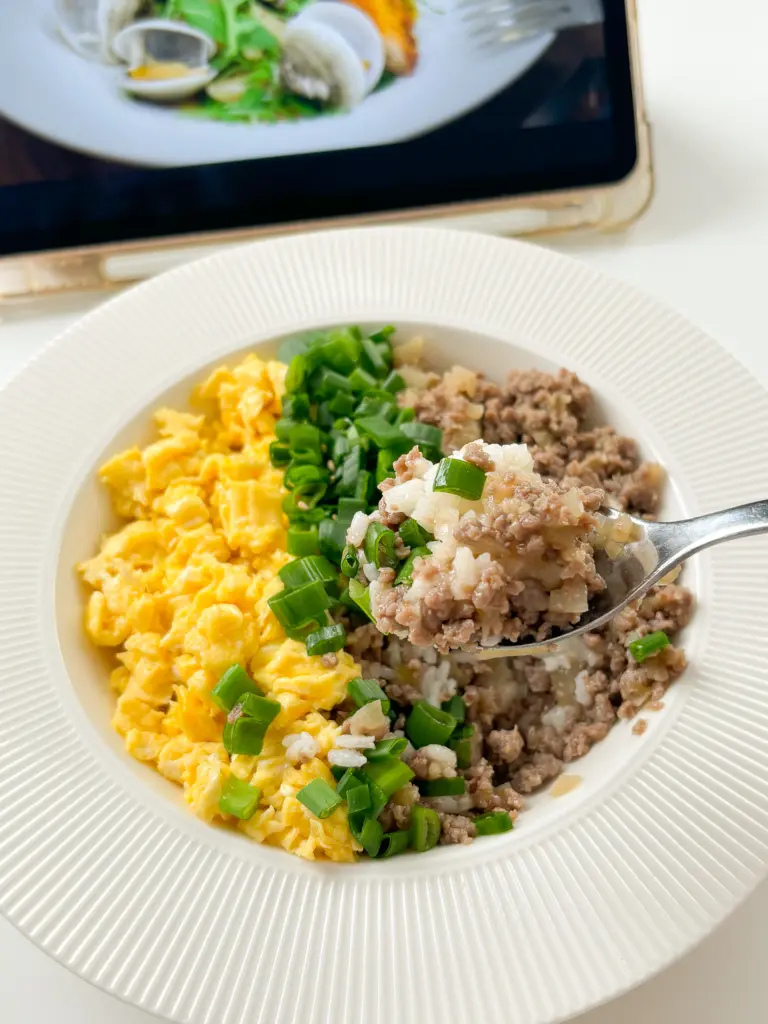
Did you make this recipe?
Please let me know how it turned out for you! Leave a comment below and tag @blondekimchi_ on Instagram and hashtag it #blondekimchi.
